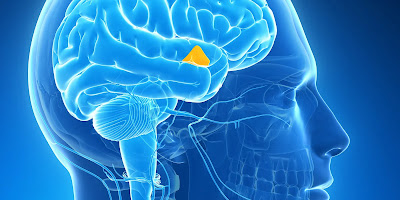The primary goal of acromegaly treatment is to reduce the size of the intraoral ventricular volume (IUVV) and reduce the size of the internal auditory canal for better hearing. There are three basic categories of acromegaly treatment options available including medication, surgery, or radiation therapy. For patients who do not respond well to medication or who have other life-threatening diseases like malignant melanoma, invasive procedures such as re-sectional are usually performed. This is a surgical method to remove the portion of the pituitary gland that is overactive, called a pituitary tumor. Patients with acromegaly treatment who have not responded well to surgery can use this option for their resection. For instance, in September 2021, a major pharmaceutical company in the U.S., Pfizer, Inc., reported that its acromegaly treatment solution, Somavert, received a reimbursement standard of US$ 55.36/patient from the Ministry of Health and Welfare.
Topical corticosteroids, which can be taken orally and come in spray or pill forms, can help lower intraoral pressure and reduce the size of the tumors in the pituitary gland. This medication usually comes in the form of a cream. Side-effects of oral corticosteroids include headaches, muscle weakness, nausea, diarrhea, and vomiting. In addition, prolonged use can lead to osteoporosis and jaw disorders. This type of acromegaly treatment is best reserved for cases wherein the symptoms are very severe. If the tumor in the cranium of children is large or in case the side-effects of oral medication and surgery are not tolerated, then the doctor may recommend the utilization of a surgical treatment for the children.
The treatment can be performed as open or closed neurosurgery, depending on the severity of the patient's condition. In open neurosurgery, the operation is performed through an incision into the cranium. The first-line treatment for this condition is surgery to remove portions of the pituitary gland. Patients who cannot tolerate the side-effects of oral corticosteroids may resort to this procedure. The first-line treatment for this is surgery followed by radiation therapy and hormone therapy.





No comments:
Post a Comment